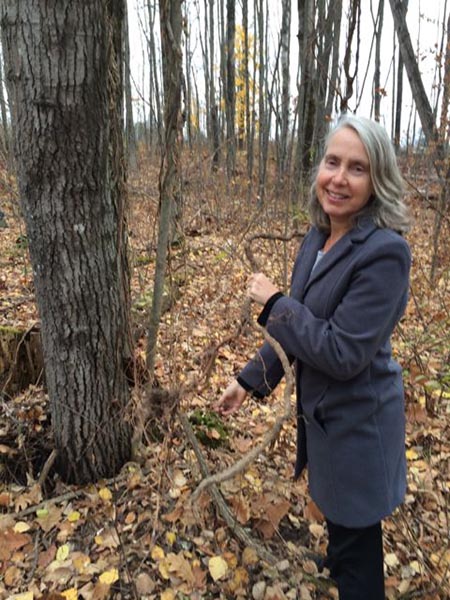
Planticide: Killing Badly Behaved Plants
Walking through the woods near Colby College, Judy Stone gestures rapidly, pointing out plants. Norway maple, bittersweet, honeysuckle, a type of rose. All invasive. We stop for a moment to examine the rose, spending time appreciating its sharp thorns, its capable defenses. She tells me that she often takes groups on walks around Colby, and when this rose was in bloom, people stopped to admire it, look at its flowers, smell it, and talk about how beautiful it is. She didn’t have the heart to tell them that it was an invasive plant. They, like most people, couldn’t see the problems the plant was causing in the forest. They couldn’t see how ugly the invasives made this forest, because they didn’t have any experience with what she termed “nice” forests. The problem is not the arrival of plants from somewhere else violating the purity of a native forest. The classificatory principle at work sorts plants not by origin, but rather, by behavior. The relevant distinction is between plants that behave well in an ecosystem, that is, those that leave space for a diversity of life forms, and plants that behave badly, dominating the landscape. (read more...)
